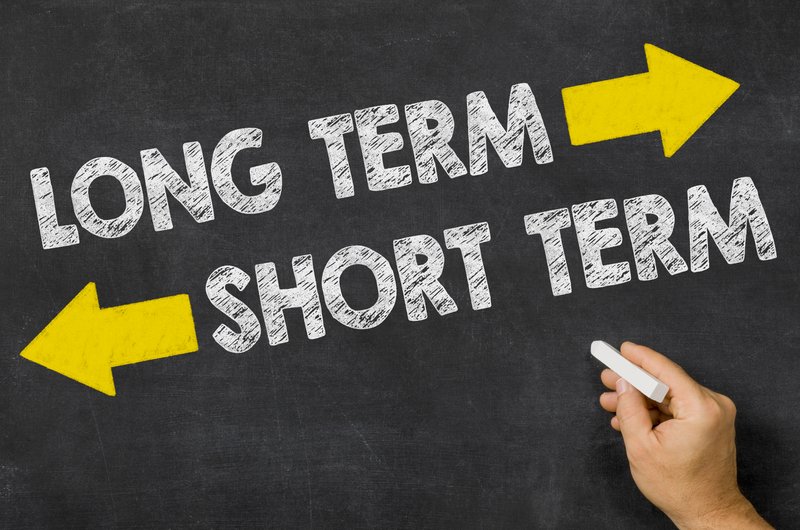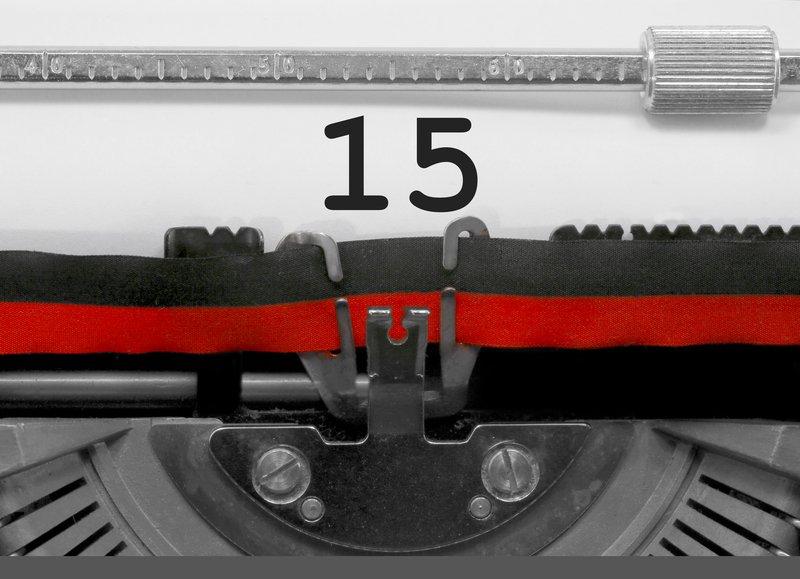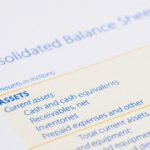Planning ahead is important. It helps you understand where you want to go and how you’ll get there.
However, financial planning can be a bit of a mystery for many small business owners. So, to help demystify it, we asked Robin Booth of Brixx.com to answer the questions business owners often ask about financial planning;
How far ahead should I plan?
It’s a good question! The answer depends on what the purpose of the plan is.
Today I’m going to talk about financial planning for the short term and the long term, the different approaches and different results you can expect from planning in these ways.
How long a financial plan is doesn’t just determine how many months or years ahead the plan runs, but also the way the plan is built and the information it can deliver.
Understanding the purpose of a plan when you are building it will help it to deliver useful information and prevent it becoming unwieldy and time consuming to test and update.
How short is ‘short term’?
So what do you think of when you think of planning? Short term, or long term?
Going out on a limb, in financial planning terms, I’d argue that short term planning is what most people think of when they think of planning. But how short ‘short term’ is can vary wildly depending on the type of business and the stage it’s at.
Depending on who you ask short term planning could be anything from a week’s event planning to 3 years.
In this article, I’m going to talk about plans between 1 and 3 years as ‘short term’. It’s in plans of this length that you start to be able to ask interesting questions about a business’s future, rather than just projecting what you expect to happen next.
What is the goal of a short term plan?
A short term plan can have several goals. Here are some examples:
- To identify any periods of vulnerability in the business’s cash flow
- Ensure that a new business or project is feasible
- To see when a new business or project will become profitable or break even.
- Identify free cash next year for a new project or hire
- Find out the current worth and risk of the business in order to attract investment
Each of these goals seems like a static goalpost to aim for in building the plan – but short term plans are not built for just one purpose. A plan should be adaptable, testable, and able to answer as many questions as possible about the future of the business.
To take Point 1. above, once vulnerabilities in the cash flow have been identified, that’s not the end of this plan’s task but the beginning. What you plan to do to mitigate these vulnerabilities becomes part of the plan, along with the financial ramifications of these activities.
What do you need to think about when making a short term plan?
Short term planners can afford to spend time on accuracy, as the assumptions they make about the future are based on today’s knowledge.
We can guess the price of bread, or rises in inflation over the course of a short term plan. Any variance between our educated guesswork and the real world is likely to be minimised by the short amount of time we are planning for.
Variance between the real world and the plan is going to be easier to highlight if the plan carries accurate data to begin with.
However, intense focus on detail can have its downsides. A short term plan is more likely to be regularly updated than a long term plan.
If the processes of updating the plan becomes arduous due to the volume of data, then consider adjusting how the plan is structured. Plans are tools, not chores. They don’t need to be a 1:1 replica of your accounts.
Be careful that the data you put in is there to generate the results you need from the plan, not just because you can add it in in that much granularity.
How long is ‘long term’?
So, if a short term financial plan is 1-3 years, how long is a long term plan? Obviously it will vary with the industry you’re operating in.
A software company may plan for projects only a few years in advance. Its long term plans however are more strategic, about where the company is heading and its goals 5-10 years in the future.
A construction company might have projects lined up for the next few years, but the outcome of these projects will inform a plan that reaches 10 or more years into the future, enabling it to size up the projects it may be able to undertake in the future.
An investment company’s plan will be longer still, exploring different assumptions and returns decades down the line.
Finally, while not a business, a household’s long term plan may be one of the longest of all, taking into account mortgages and retirement, easily running to 60+ years.
What is the goal of a long term plan?
A long term plan is all about strategy.
- What are the repercussions of our current and near future activities?
- Will trends in our short term planning continue into the future, and what are the consequences if they do or do not?
- Where does this leave the business in 5-10 years?
- Where does the business want to be in 5-10 years?
- How can we close this gap?
- What strategic choices are available to the business in the future?
What do you need to think about when making a long term plan?
Depending on your business you may have accurately predictable data for the next month, the next quarter, or the next year.
The longer term can be hard to predict. This means that long term plans deal with their data and assumptions in different ways to short term plans.
So many times I have seen planners trying to make long term plans match up exactly their short term plans. While it’s good ensure that the starting point of a long term plan is as accurate as it can be, the nature of a long term plan means that this kind of precision and the extra labour it requires can be a waste.
This means long term plans are rarely spot on, but their predictions are the best guide planners have to the future.
Long-term plans should include several different scenarios based on assumptions about the business’s performance, prevailing economic conditions, and potential strategic decisions now and in the future.
This article was written exclusively for ByteStart by Robin Booth of Brixx.com, the financial forecasting app that turns your ideas into numbers.

|
Free Tide Business Bank Account + £50 Cashback!Simply open a free business current account to qualify + 12 months free transactions. Read our Tide review. Open a Tide savings account at the same time and earn an excellent 4.07% AER (variable) on your spare funds. |










